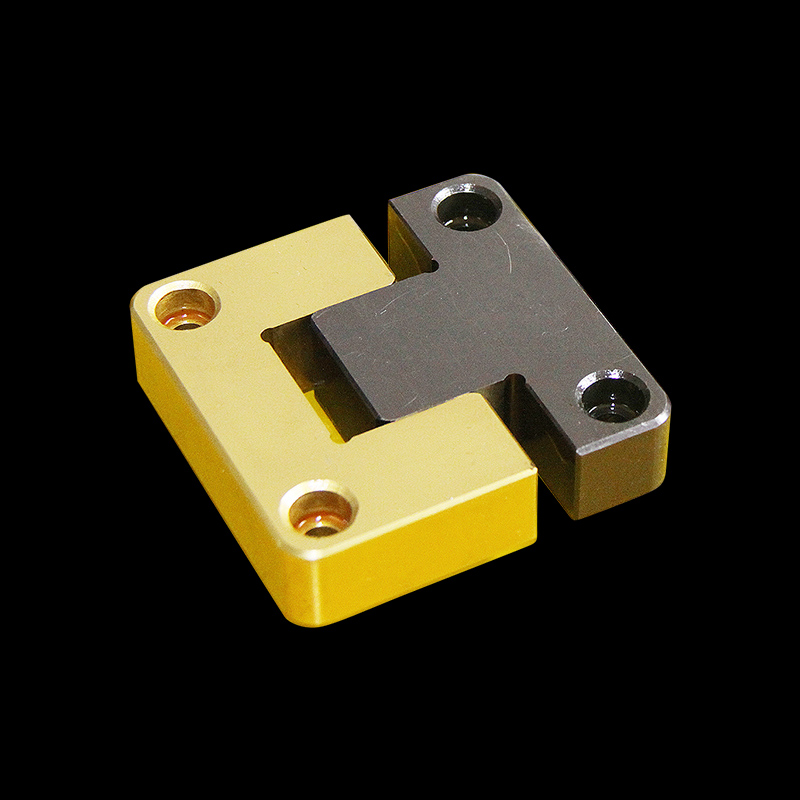Mold Wear Blocks and Slide Wear Plates Various factors […]
Mold Wear Blocks and Slide Wear Plates
Various factors can lead to the wear and tear of a mold. The lifter-type molds exert a large amount of force on the plastic product, so they need to be made of strong abrasion-resistant material. Generally, this material is steel 738, but it can also be hardened steel 4507 (HRC 50-52). Mold wear blocks are made of bronze alloy, while the rest of the mold is a steel grade that is appropriate for the plastic being molded. This type of mold comes at a cost.
Mold wear is caused by a combination of factors
A variety of factors contribute to mold wear. The most common cause is fatigue, which can occur during as few as 100,000 molding cycles but can also appear before 300,000 cycles. Multiple-cavity molds may last longer than single-cavity molds due to the fact that identical components may not be subjected to the same stresses. Fatigue can affect any component subjected to torque, tension, and bending.
Spacer blocks
Spacer blocks are necessary to support the lifter during ejection. They are made of bronze and are installed under the B plate. They prevent the deformation of the lifter. In addition, they keep the angle lifter located during the ejection process. In order to prevent this from happening, the ejector retainer plate must be equipped with a limit column that is higher than the angle lifter's base.
Slide wear plates
In a preferred embodiment, the present invention reduces the wear on a sliding member of a mold. This invention can be used in a variety of industries. Slide wear plates may be made from a variety of materials including aluminum bronze, C954 Aluminum Bronze, and 4140QT. These wear plates are also available in a variety of different configurations. For added versatility, wear plates can also be designed with o-rings to prevent the mold from closing.
Mold lifters
If you are designing a molding process for a new product, you need to choose between mold wear blocks and mold lifters. The former is used for new plastic products, while the latter is used for re-manufacturing. Both types have advantages and disadvantages, but there are some differences that you should be aware of. Mold wear blocks are generally made of bronze, while mold lifters are made of steel.
Mini chamfers
Aside from the design, the structural details of a mold also require close attention, such as the chamfers and the gate. Mold wear blocks, with mini chamfers, are a good choice when mold design is particularly intricate and precise. The chamfers are set to facilitate assembly and reduce the chance of flashing or damage. Using a dowel pin to knock into an assembly part is easy thanks to the chamfers. The spacing of the holes should be 3-6mm apart.
Antiseptic cleaners
Using bleach to kill indoor mold was the traditional solution, but it won't do much for the stains. While it's effective at killing mold, it will leave your surfaces and clothes smelling like a European farm. And because bleach is primarily water, it's not effective in preventing mold from growing back. You'll also end up saturating your walls and ceilings with bleach, which will trap you in a cleaning cycle.
Mold cleaning with dry ice
Dry ice blasting is a highly effective method for mold removal. Compressed air forces the ice particles to be accelerated, causing them to vaporize upon impact. The ice then falls back to earth, leaving the substrate clean and free of mold spores. This method can eliminate up to 60 percent of labor time over conventional methods, and can even clean tight spaces. If you're interested in learning more about how dry ice blasting can help you, read on.
Related Products

| Material | Hardness | heat treatment |
| YK30 | HRC56- 60 | Vacuumed |
| SKD11 | HRC58-62 |